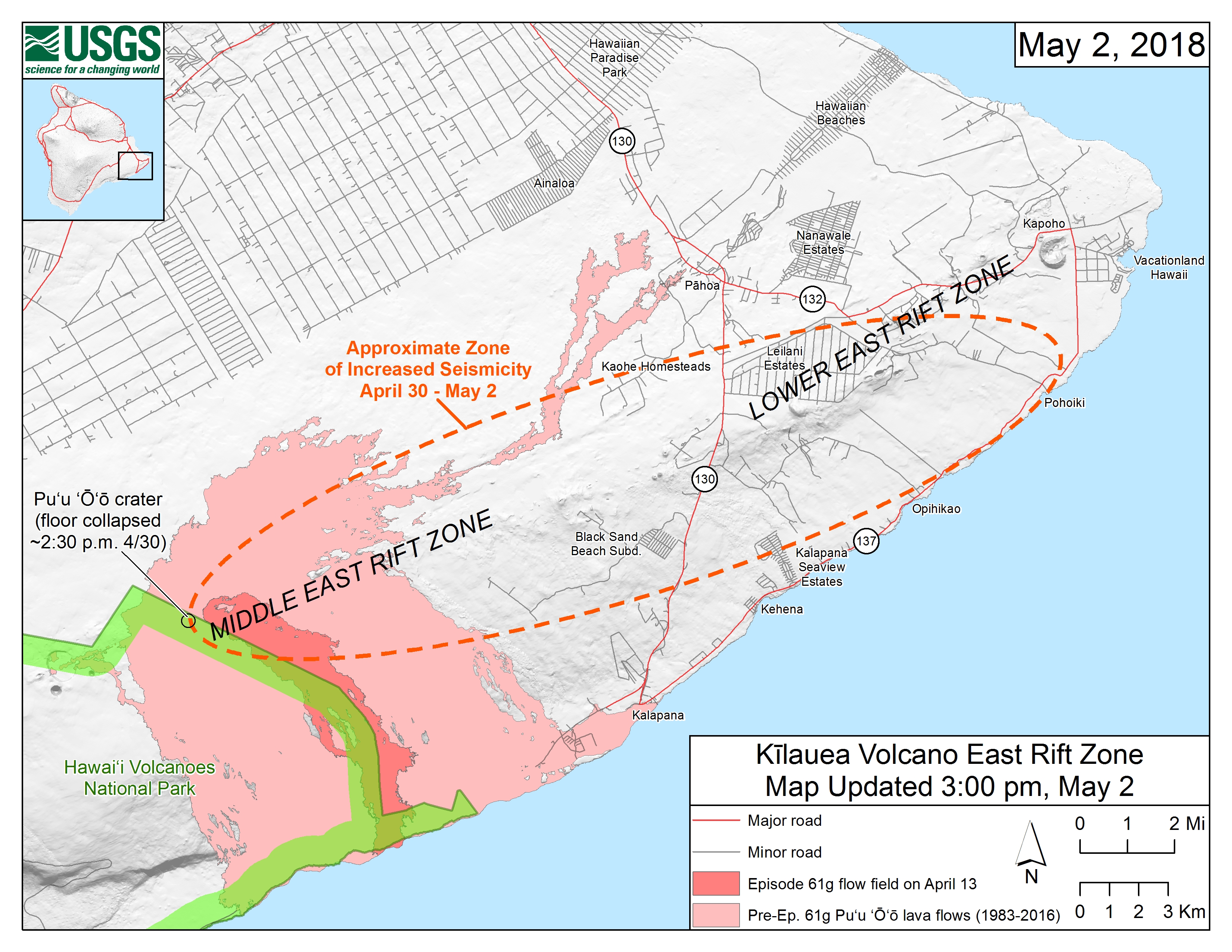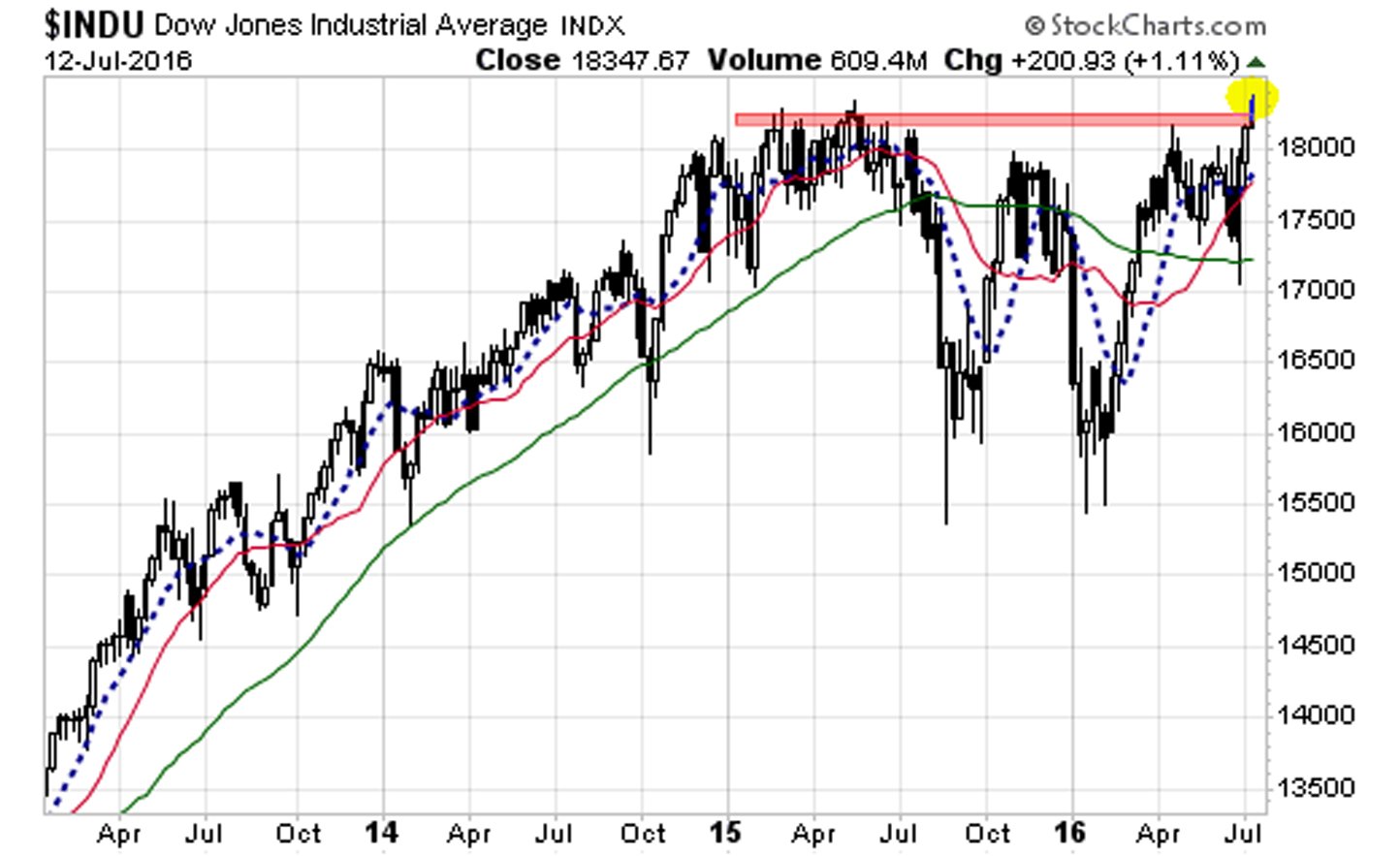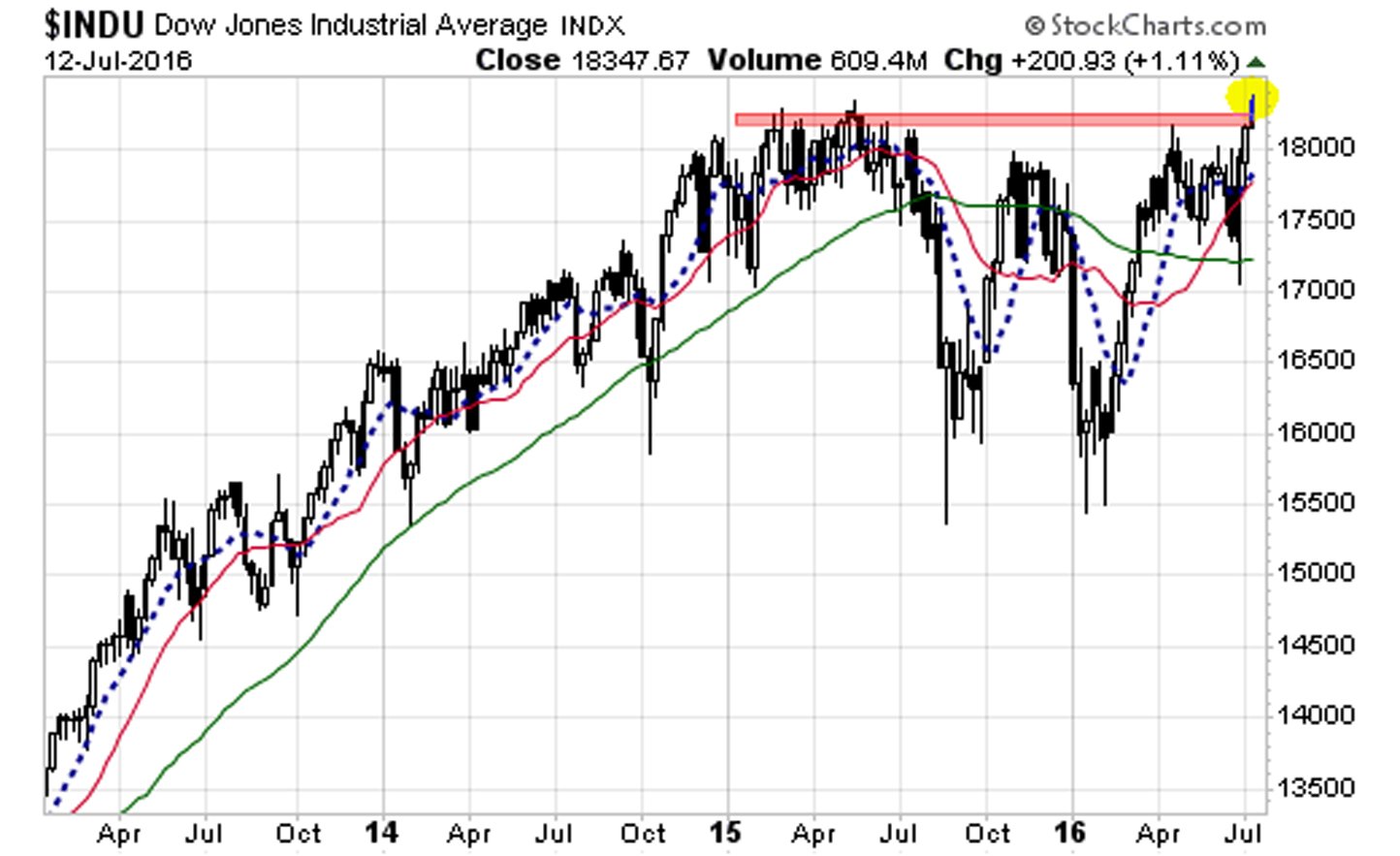Kilauea's Eruption: A Unique Pattern Unseen In Four Decades

Table of Contents
The Unprecedented Nature of the Recent Kilauea Eruption
The current Kilauea eruption stands apart from previous eruptions observed over the last 40 years. This isn't simply a matter of degree; the style, intensity, and geographical reach of the eruption are significantly different. Understanding these differences is key to predicting future volcanic activity and mitigating its impact.
-
Comparison of eruption styles: Unlike the predominantly effusive eruptions of the past (characterized by relatively gentle lava flows), the recent Kilauea eruption has shown a more complex interplay of effusive and explosive activity. This mixture has resulted in a more unpredictable and hazardous situation. The 1983 eruption, for example, was primarily effusive, with relatively predictable lava flows. The current eruption presents a far more dynamic picture.
-
Analysis of lava flow patterns and their geographical reach: The lava flows from the recent eruption have covered a much wider area than those seen in previous decades, causing significant damage to infrastructure and disrupting local communities. The unpredictable nature of the flow paths has also presented challenges for evacuation and emergency response planning.
-
Changes in volcanic gas emissions and their environmental impact: The composition and volume of volcanic gases emitted during the recent eruption have also shown significant changes. Increased levels of sulfur dioxide, for example, have led to concerns about air quality and potential respiratory health hazards for nearby residents. Monitoring of these gases is crucial for assessing the risks to human health and the environment.
-
Seismic activity preceding and during the eruption: The seismic activity leading up to and accompanying the current eruption has been intense and complex, providing valuable data for understanding the underlying geological processes. Scientists are carefully analyzing the seismic patterns to learn more about the magma movement beneath the volcano's surface.
-
Specific years and eruption events for contrast: Comparing the current eruption to past events, such as the significant 1983 eruption at Pu
uŌ `ō, highlights the unique nature of the recent activity. The prolonged duration and varied eruption styles of the present event present a new challenge for volcanologists.
Scientific Investigations and Monitoring Efforts
Scientists are employing a wide range of advanced technologies and techniques to study the Kilauea eruption and monitor its progress. This collaborative effort is crucial for understanding the volcano's behavior and improving prediction capabilities.
-
Use of remote sensing technologies: Satellite imagery and drone technology provide invaluable real-time data on lava flow patterns, gas emissions, and changes in the volcano's surface. These remote sensing methods allow for wide-area monitoring and assessment of the eruption's impact.
-
Ground-based monitoring equipment: Seismometers, GPS stations, and gas sensors deployed around the volcano provide crucial data on seismic activity, ground deformation, and gas composition. These ground-based measurements complement the broader picture provided by remote sensing.
-
Analysis of lava samples and volcanic gases: Chemical analysis of lava samples and volcanic gases provides crucial information about the magma's composition and the processes occurring deep within the volcano. This analysis helps scientists refine their understanding of the underlying geological mechanisms.
-
Geological surveys and mapping of affected areas: Detailed geological surveys and mapping are essential for understanding the eruption's impact on the landscape and for planning future mitigation strategies. This involves mapping the extent of lava flows and assessing changes in the volcano's topography.
-
Collaboration between different scientific institutions and researchers: The study of this complex event relies on collaboration between scientists from various institutions and disciplines, sharing data and expertise to develop a comprehensive understanding of the Kilauea eruption.
Impact on the Surrounding Environment and Communities
The Kilauea eruption has had a significant impact on both the surrounding environment and the local communities. The consequences are far-reaching and require both immediate response and long-term planning.
-
Destruction of infrastructure and property: Lava flows and volcanic gases have caused widespread destruction of infrastructure, including homes, roads, and other vital facilities. This has resulted in significant economic losses and displacement of residents.
-
Changes in air quality and potential health hazards: Increased levels of volcanic gases, particularly sulfur dioxide, have caused significant air quality issues, posing health risks to residents and requiring public health interventions.
-
Impact on wildlife and ecosystems: The eruption has dramatically altered the local environment, affecting wildlife habitats and ecosystems. Scientists are actively assessing the long-term ecological impacts and planning for conservation and restoration efforts.
-
Evacuation procedures and community response: The unpredictable nature of the eruption has necessitated careful evacuation planning and community response, demanding coordination between government agencies and local organizations.
-
Long-term ecological recovery efforts: The recovery of the affected environment will require extensive long-term ecological restoration efforts, involving careful planning and collaboration between scientists, policymakers, and local communities.
Theories and Explanations for the Unique Eruption Pattern
Scientists are exploring several hypotheses to explain the unusual behavior of Kilauea during this eruption. These theories are being refined as more data becomes available.
-
Changes in magma supply and pressure within the volcano: Alterations in the magma supply and pressure within the volcano's plumbing system are likely major contributors to the eruption's unusual characteristics. This could involve changes in the magma chamber's size, connectivity, or pressure build-up.
-
Influence of tectonic plate movements and subsurface geological structures: The movement of tectonic plates and the underlying geological structures can significantly influence magma pathways and eruption styles. Scientists are carefully analyzing these factors to understand their role in the current eruption.
-
Role of groundwater interaction with magma: The interaction of magma with groundwater can lead to explosive activity. Scientists are investigating the role of groundwater in shaping the current eruption's dynamics.
-
Potential for future eruptive activity and prediction challenges: The unpredictable nature of this eruption highlights the inherent challenges in predicting volcanic activity. Scientists are working to improve eruption forecasting models using the data collected from this unique event.
Conclusion
The recent Kilauea eruption represents a unique and significant event in the volcano's history, differing greatly from patterns observed over the past four decades. Through advanced scientific monitoring and analysis, researchers are gaining valuable insights into the intricate processes driving this unusual volcanic activity. Understanding this unique Kilauea eruption is crucial not only for scientific advancement but also for mitigating future volcanic hazards and protecting the surrounding communities and environment. Stay informed about the latest developments in the ongoing Kilauea eruption and support scientific research into this fascinating and dynamic geological phenomenon. Learn more about the unique aspects of this Kilauea eruption and contribute to ongoing research efforts.

Featured Posts
-
 Tony Award Nomination For Clatskanie Native
May 06, 2025
Tony Award Nomination For Clatskanie Native
May 06, 2025 -
 Stock Market Today Dow And S And P 500 Live Updates May 5th
May 06, 2025
Stock Market Today Dow And S And P 500 Live Updates May 5th
May 06, 2025 -
 Hollywood Squares Set Designer E Jay Krause Dies At Age 98
May 06, 2025
Hollywood Squares Set Designer E Jay Krause Dies At Age 98
May 06, 2025 -
 Stock Market Report Dow And S And P 500 May 5th 2024
May 06, 2025
Stock Market Report Dow And S And P 500 May 5th 2024
May 06, 2025 -
 Resmi Miley Cyrus Rilis Singel Baru End Of The World Dengarkan Di Sini
May 06, 2025
Resmi Miley Cyrus Rilis Singel Baru End Of The World Dengarkan Di Sini
May 06, 2025
